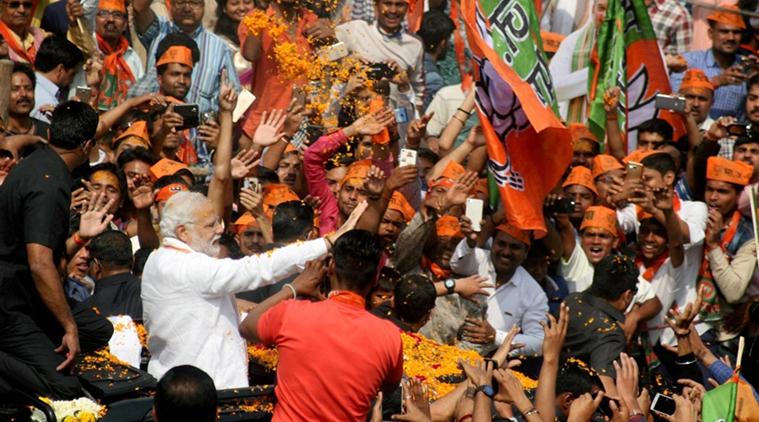Arab News
Shashi Tharoor

India’s parliamentary system, inherited from the British, is rife with ineffiencies. By the logic of Westminster, you elect a legislature to form the executive, and when the executive does not command a secure majority in the legislative assembly, the government falls, triggering fresh elections. The result is a vote in some or other of India’s 29 state assemblies every six months or so, each one acting as a sort of referendum on the government in New Delhi. In short, India’s freewheeling multi-party democracy has become one of perennial plebiscite.
India’s latest round of elections included five state assemblies. Prime Minister Narendra Modi’s ruling Bharatiya Janata Party (BJP) prevailed in Uttar Pradesh — India’s largest state, which is home to more than 200 million people and has produced seven of 15 prime ministers — and in neighboring Uttarakhand. The main opposition party, the Indian National Congress, triumphed in the northwestern state of Punjab and won pluralities in Goa and Manipur (though the BJP formed governments in the latter two states anyway, by assembling coalitions to ensure legislative majorities).
It looks like a mixed result. But India’s national politics has long been skewed toward the Hindi-speaking northern heartland, and Uttar Pradesh has far more voters than the other four states combined. So the results have been hailed as a victory for the BJP, affirming Modi’s popularity and vindicating his leadership — including of the campaign itself.
Indeed, Modi personally commanded the campaign in Uttar Pradesh, whose fabled city of Varanasi he represents in Parliament. With his attendance at multiple political events and addresses to innumerable campaign rallies, Modi staked his government’s image — and, some would say, his own reputation as prime minister — on the election.
The benefits extend beyond status. Victory in Uttar Pradesh was critical to enable Modi to take control of India’s Upper House, whose members are elected by state legislative assemblies. The latest election results also assure him the legislative numbers he needs to get his own candidates elected as India’s president in July and vice president in August.
But at what cost? One clear downside of India’s perennial electioneering is that prime ministers must frequently leave aside their role as leader of the country to act as leader of their party. Modi is a take-no-prisoners campaigner, who revels in punchy invective and freely launches partisan attacks at opponents (including me). There is nothing statesmanlike about it, and yet it will happen again soon, with a fresh round of elections, including in Modi’s home state of Gujarat, due before the end of the year.
If there ever were need for yet another clinching argument for a presidential system in India, it is the spectacle of the head of government abandoning the responsibilities of that office every few months to go on the stump for their party.



